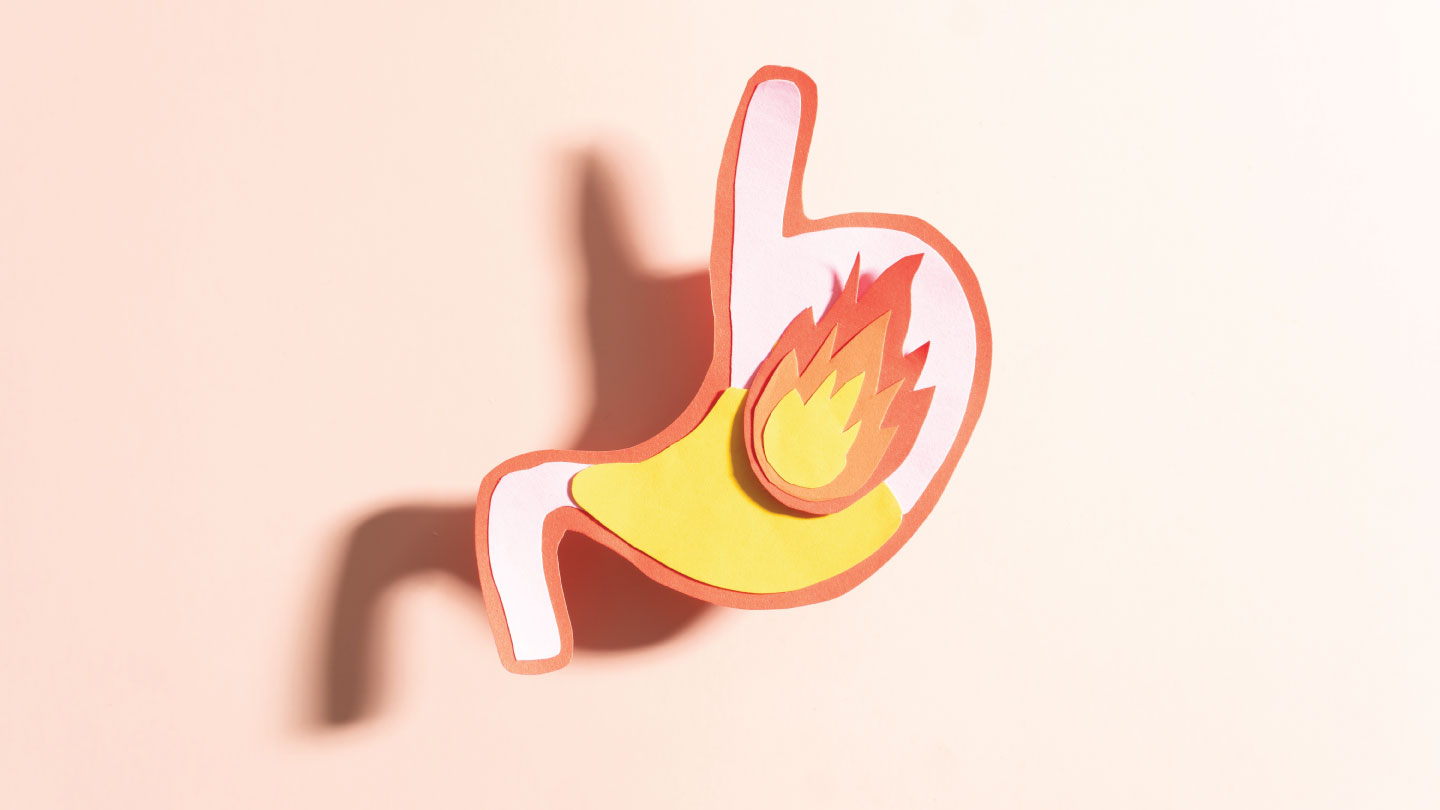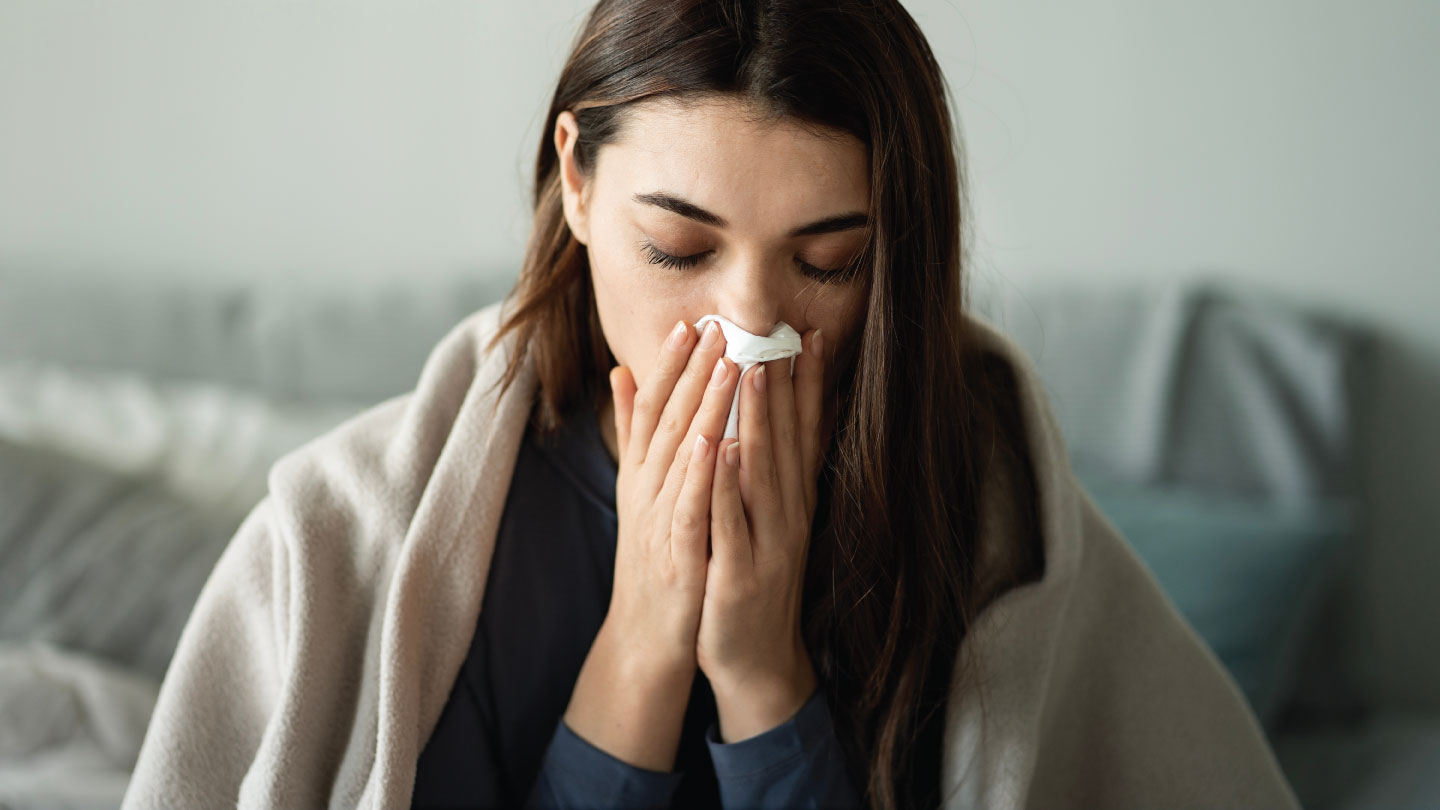Miscellaneous
Burn, Bloat or Spill: Conquering Acid Reflux
Why does that hearty dinner cause a burning sensation in your chest? Discover how GERD (acid reflux) is rising in India, and what simple lifestyle, diet, and posture changes can tame it.

Acid reflux, heartburn, and GERD may sound similar, but represent different points on the same digestive spectrum. Acid reflux is the occasional backflow of stomach acid into the oesophagus, often after a heavy or spicy meal. Heartburn is the burning sensation that follows this reflux, rising from the chest to the throat. When this backflow becomes frequent, chronic, or starts damaging the oesophageal lining, it is termed Gastroesophageal Reflux Disease (GERD).
While occasional reflux is common, GERD is a chronic digestive disorder that can disrupt sleep, lower productivity, and diminish quality of life. Its growing prevalence across urban India, driven by stress, obesity, late-night meals, and processed foods makes it far more than a minor inconvenience. Adding another layer to this issue is Helicobacter pylori (H. pylori), a widespread bacterial infection in India that can alter stomach acid levels, sometimes masking or aggravating reflux symptoms. Because the relationship between H. pylori and GERD is complex, getting tested early is essential. Although H. pylori doesn’t directly cause reflux, it can influence acid production and symptom severity. Left untreated, prolonged acid exposure may inflame the oesophagus, leading to oesophagitis, a painful condition that can cause ulcers or scarring over time.
Related Story: How To Prevent Acid Reflux And Manage Indigestion At Work
Why Indian Diet & Lifestyle Can Worsen Reflux
The typical Indian diet and modern lifestyle contain multiple built-in triggers that challenge the oesophagus’s resilience. Here’s how:
- Spices, chillies, tangy sauces: Indian cuisine often includes heavy use of chilli, tamarind, onions, and garlic, all known to irritate the oesophageal lining and lower oesophageal sphincter (LES).
- High-fat and fried foods: Samosas, pakoras, and heavy gravies slow digestion and increase reflux risk. A 2021 systematic review published in the Preventive Nutrition and Food Science Journal linked high-fat, fried, spicy, carbonated, and citrus foods to increased GERD risk.
- Late, large dinners and irregular meals: Many individuals in India eat their main meal late and often close to bedtime, reducing the time for digestion before lying down.
- Tea, coffee, carbonated drinks: Frequent consumption of caffeinated or carbonated beverages is associated with higher reflux symptoms.
- Obesity and abdominal fat: Increased body mass index (BMI), especially central obesity, is a robust risk factor for GERD. In a 2021 meta-analysis published in the Indian Journal of Gastroenterology, BMI and a non-vegetarian diet emerged as significant predictors.
- Pan masala/tobacco, stress, sedentary life: In some Southern Indian surveys published in the BioMed Central Gastroenterology journal, chewing pan masala doubled the odds of reflux. What adds more fuel is a sedentary lifestyle, long hours seated, erratic routines, and high stress.
Related Story: The Ultimate Food Guide to Combat Acid Reflux
Dos & Don’ts: The Reflux Lifeline
| Dos | Don’ts |
|---|---|
| Eat small, frequent meals | Consume large, heavy meals |
| Leave at least 2-3 hours between dinner and bedtime | Lie down soon after eating |
| Elevate the head of your bed (6–8 inches) | Use only flat pillows |
| Walk or do gentle post-meal activity | Engage in vigorous exercise after food |
| Manage weight, especially abdominal fat | Continue with obesity / excessive weight |
| Sip water between meals; moderate intake during meals | Chug large volumes during meals |
| Chew slowly & mindfully | Eat rapidly or talk while eating |
| Wear loose, comfortable clothing | Tight belts or waistbands |
| Sleep on the left side (if comfortable) | Always lie flat on back or right side |
| Stop smoking or chewing tobacco | Continue habits that irritate the oesophagus |
| Reduce stress via meditation/sleep hygiene | Neglect stress and poor sleep |
| Monitor trigger foods (spicy, citrus, coffee) | Ignore known food triggers |
| Consult a physician if symptoms persist for more than 2 weeks | Self-treat indefinitely without evaluation |
Related Story: Foods That Cause Acidity: Why Your Favourite Meals Trigger Heartburn
Acid reflux and GERD may seem common, but for many, they become disruptive, chronic ailments spiralling into conditions like oesophagitis. Timely diagnosis not only helps relieve discomfort but also prevents chronic inflammation and future complications. If you often experience heartburn, bloating, or sour regurgitation, it’s time to stop self-managing and get tested to protect your gut health before it worsens.
Stay on top of your health with easy lab testing. Book your test today and receive your reports promptly, without the hassle.
EXPLORE MORE
Sneezing fits, watery eyes, or itchy skin every season? You’re not alone. Here’s your practical guide to understanding the most frequent allergy culprits.
Scoliosis doesn’t have to mean living with constant stiffness or discomfort. The right exercises can help ease tension, build strength, and make movement feel a lot more natural.
Shared hobbies aren’t just fun ways to spend time together; they build trust, deepen bonds, and make relationships feel easier and more alive.
A few harmless things lying around your home may be quietly exposing you to germs, toxins, or unnecessary clutter. Here’s what to clear out, and why it matters.




.jpg)


